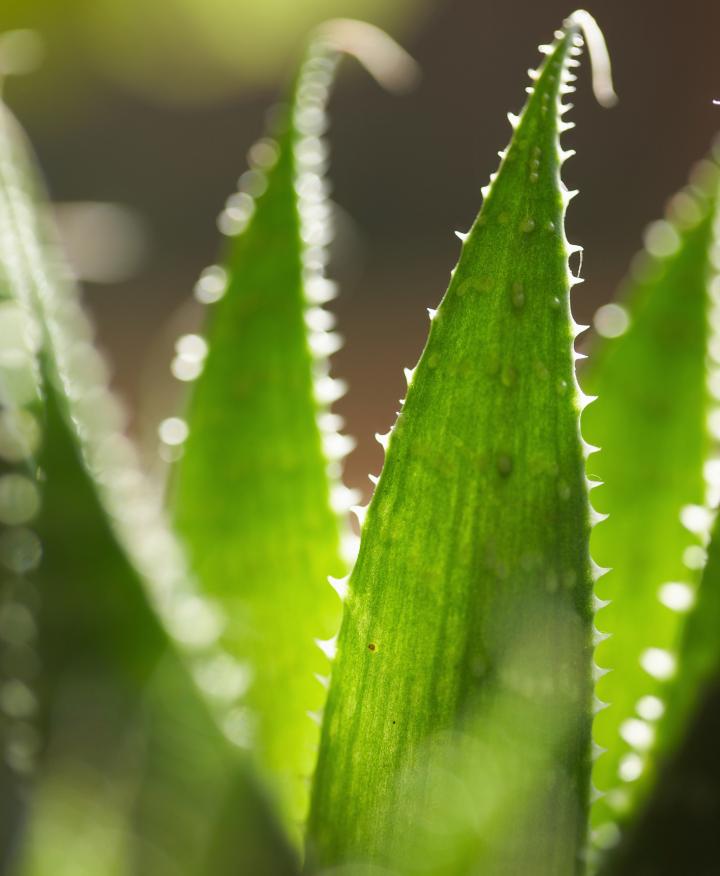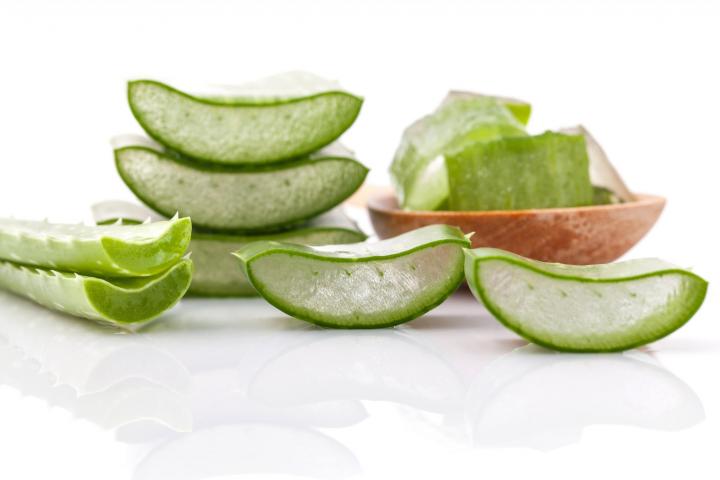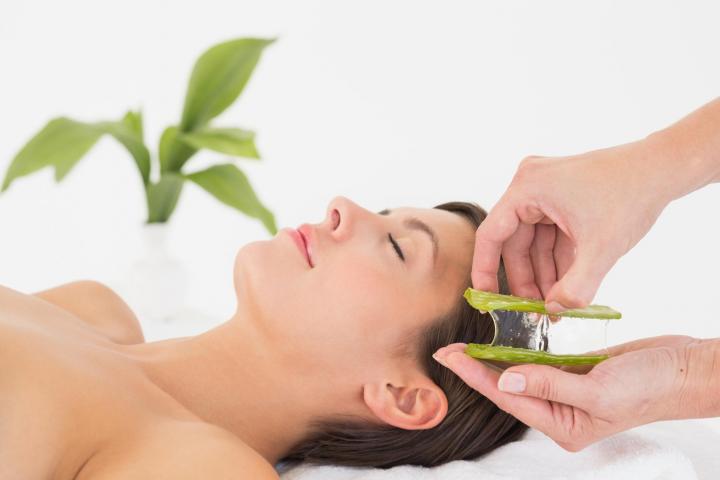





 Photo by Thinkstock
Photo by Thinkstock
Among the easiest-to-grow houseplants, aloe vera will decorate a kitchen shelf with quiet grace while doing double duty as a self-regenerating first-aid kit.
A native of southern Africa, aloe vera has fleshy leaves containing numerous plant compounds with antimicrobial, pain-reducing, anti-oxidant, and anti-inflammatory properties.
Used medicinally for at least 6,000 years, the succulent plant spread throughout the world to become important in the traditional medicine of ancient Egypt, Rome, Greece, Persia, and India, and throughout Asia and Africa. The Spanish introduced aloe vera to South America and the Caribbean.
Scientific evidence supports using the jellylike substance inside aloe vera leaves for alleviating pain and helping to heal everyday burns, abrasions, bruises, boils, canker sores, and other mouth sores. It may also alleviate symptoms of minor frostbite, herpes (both cold sores and shingles), hemorrhoids, psoriasis, and acne.
Some folks use aloe vera gel for dental hygiene. Many people use it to treat dandruff and as a general hair conditioner.
Although aloe is under investigation for use in diabetes, lowering LDL cholesterol, many digestive system disorders, and some cancers, health experts warn people not to take any fresh or processed aloe product internally, by mouth or injection, unless under the direct care of a doctor.
Recent research has shown that aloe doesn’t heal deep surgical wounds or radiation burns or prevent sunburn (though it will soothe a summer burn).
Warning: Many sources of information about this plant mention aloe vera’s value as a laxative. Its harsh laxative effect doesn’t come from the aloe gel, but from the “latex” or “juice” derived from the cells just under the outer skin of the leaves. In 2002, the FDA ruled that it could no longer be sold as an over-the-counter laxative.
Hundreds of aloe-containing products have flooded the market, but using the leaf is the freshest, least expensive way to take advantage of aloe’s everyday healing properties.
Simply remove one of the swordlike leaves from a living plant and slice it open along its length. Then either squeeze out the gelatinous material and apply it to the affected part or lay the entire opened leaf side directly over the affected part and bandage it lightly in place.
Applied topically, aloe vera gel has no serious side effects, although a few people experience allergic skin reactions to it. Try a small amount on a patch of skin; if you notice a rash, swelling, or itching, discontinue use.

Credit: Kerdkanno Shutterstock
Among the most common ingredients in commercial hair- and skin-conditioning products, fresh aloe vera gel works well as a homemade beauty aid.
Scrape it out of the leaves and use it as a hair gel or instead of your usual conditioner. Note: Aloe vera gel is thin and watery. It makes a great conditioning agent, but won’t work as a thickener or styling agent. And don’t rely on aloe to prevent hair loss or regrow lost hair.
To use it as a skin moisturizer and toner, just scoop out the gel or rub a freshly cut leaf over your face and let it dry.

Credit: Wavebreak Media/Shutterstock
 Aloe vera will thrive outdoors only in the frost-free regions of the U.S. But even the most horticulturallychallenged can’t fail with Aloe vera as a houseplant.
Aloe vera will thrive outdoors only in the frost-free regions of the U.S. But even the most horticulturallychallenged can’t fail with Aloe vera as a houseplant.
Once you have one, pretty much the only way to kill it is by overwatering. The plants reproduce enthusiastically by sending out new shoots from their roots, called “pups,” which you can pull up and replant.
If you know anyone with a thriving Aloe vera plant, he or she will probably be glad to pull one out for you. Plant it in good potting soil (one made for cactus is ideal), set it in a sunny spot and watch it grow.
The gel is such a safe and effective anti-fungal agent that agricultural scientists have begun experimenting with use of aloe vera extracts as natural fungicides to protect growing crops. They’ve also found that spraying Aloe vera extracts onto various kinds of ripe fruit helps protect and extend its shelf life.
Photo: Thinkstock
~ By Margaret BoylesMargaret Boyles lives in a wood-heated house in central New Hampshire. She grows vegetables, keeps chickens, swims in a backyard pond in summer, snowshoes in the surrounding woods in winter, and commutes by bike whenever possible.
Copyright © www.100flowers.win Botanic Garden All Rights Reserved